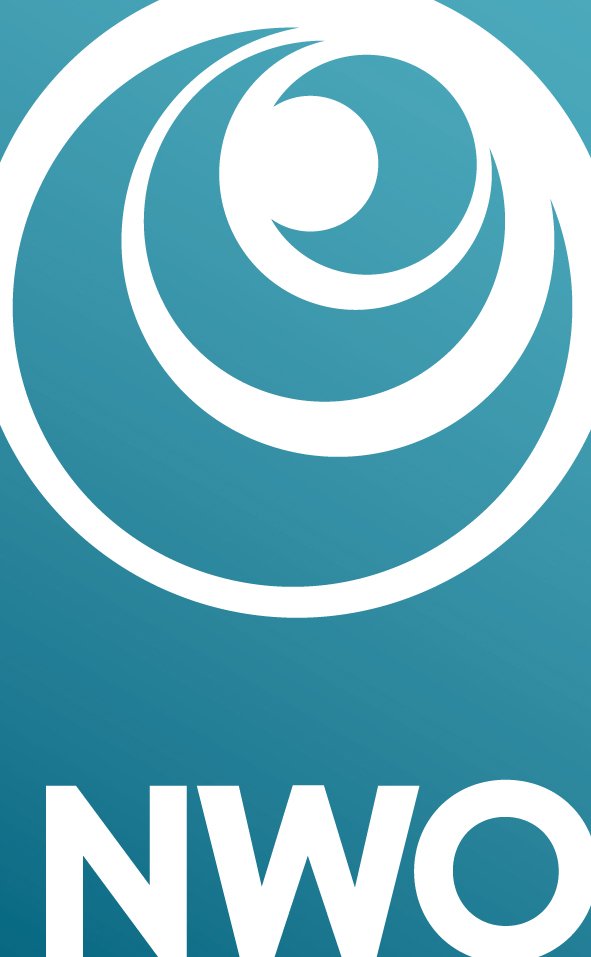Part 1 of this blog described a few simple things that you can do to make your talk more engaging for the general public, mainly just keeping it simple. That is really all you need, but if you would like to think about it a little more, there are also some techniques you can use to improve it even further. Most public science presentations will involve various strange or fascinating things that you explain to the audience, and that is often enough for a very good talk. Present those facts with enthusiasm and humour, and follow the hints from Part 1, and you can have the audience rapt. With a bit of practice, you can give a very good presentation like this.However, it is also possible to incorporate more of a storytelling approach in to your presentation. No matter how interesting the topic is, if you just give the facts, you risk hitting the limit of your audience’s concentration. If you tell a story, you can keep people’s attention far longer. We are storytelling animals, and if the facts are presented as part of a story, we are far more likely to take them in. So if you are interested in incorporating facets of storytelling into your presentation, here are a few pointers that will help you do that.Before I start I should say that storytelling has many different forms, and what I describe here are simply suggestions. People intuitively know what a good story is, so if something feels right for your presentation, go with it. Aim for something empathic, exciting, and relevant; try to build a bond; most importantly have fun!
Most public science presentations will involve various strange or fascinating things that you explain to the audience, and that is often enough for a very good talk. Present those facts with enthusiasm and humour, and follow the hints from Part 1, and you can have the audience rapt. With a bit of practice, you can give a very good presentation like this.However, it is also possible to incorporate more of a storytelling approach in to your presentation. No matter how interesting the topic is, if you just give the facts, you risk hitting the limit of your audience’s concentration. If you tell a story, you can keep people’s attention far longer. We are storytelling animals, and if the facts are presented as part of a story, we are far more likely to take them in. So if you are interested in incorporating facets of storytelling into your presentation, here are a few pointers that will help you do that.Before I start I should say that storytelling has many different forms, and what I describe here are simply suggestions. People intuitively know what a good story is, so if something feels right for your presentation, go with it. Aim for something empathic, exciting, and relevant; try to build a bond; most importantly have fun!
The Story Arc
Having a story arc is the most basic of tool in the storyteller’s arsenal, and it very often follows the same pattern. For example:The introductionThis allows people get invested in the story, makes them feel part of it. It can be an introduction to a topic or disease, or an introduction to you, and why you are passionate about your research. Try to include something personal here, something people can relate to and will make them invested in the story.The set upThe set up builds the story towards the climax or the point you want to make. A lot of people describe the state of the field or some of the challenges they faced in the work.The climaxThis is the turning point of your story, usually the breakthrough in the research, or the most important result that you want to talk about. It is the whole point of the talk, and everything that comes after this is about putting this finding into context.The slow downFollowing the climax, you can explain your finding in more detail, perhaps some more evidence for what you have foundThe endIt is effective to finish by describing the new normal. You can describe how your work has changed things, or the implications of your work. Does this suggest a change to treatment of a disease? Or how we think about something? What does this suggest for the future?This may translate to something like this:What I am working on is very important because [blank]. We used to believe that [blank]. This meant that [blank]. While we were studying it we realised that [blank]. This meant that [blank]. This is important because [bank].Or:Start with the purpose; why do you feel compelled to tell this story? Go on to describe the belief that you or society had, followed by how your work has challenged this belief. You can then go on to put this in contect, and describe what greater purpose it serves. Finally you can talk about what the work teaches us. Very often the story arc is a simple progression forward in time. This is effective because there is a logical flow for people to follow, with each movement forward posing questions that will intuitively be answered in the next section.This chronological structure traditionally describes character-based progress, but it could just as easily describe the journey of your field, or your own research. It could be the case that you are the main character, and the story follows your journey through your studies.
Very often the story arc is a simple progression forward in time. This is effective because there is a logical flow for people to follow, with each movement forward posing questions that will intuitively be answered in the next section.This chronological structure traditionally describes character-based progress, but it could just as easily describe the journey of your field, or your own research. It could be the case that you are the main character, and the story follows your journey through your studies.
The Anecdote
It is important that this forward progression in time is interspersed with reflection, adding detail, context, and emotion to keep people invested in the story. This is called “the anecdote” by Ira Glass, and this video describing it is well worth a watch.Such reflection is vital to storytelling. Try to make the audience feel what you felt. If something was confusing, tell them, and maybe explain why. It is very compelling when our perceptions of reality are challenged or changed in some way. Stories that are not intuitive hold people’s interest! If something was frustrating, describe it. These are the reflections that keep people interested. Using emotion like this helps build a bond with the audience which will always help keep them engaged.This mix of forward progression using the story arc, interspersed with reflections to connect with your audience, is the most well described and reliable structure your story can take.Of course, it is worth emphasising that there are a vast and rich set of techniques used by storytellers. The best talks mix various aspects of storytelling, and there are lots of resources online to help you if you would like to know more. Storytelling is part of our history, and even when simply presenting facts, we automatically frame them to make them more compelling. Use this blog post as an aid, but feel free to ignore it and go with what you think is best. We intuitively know a well told story when we hear one, so follow your gut. And to echo what I said in Part 1, enthusiasm is infectious, so enjoy yourself, and the audience will most likely do the same!There are some good storytelling resources available online. It is a well-studied topic, and lots of people have written great articles about it. YouTube is full of informative videos, and google throws up many great examples. Below are just a sample of them:How to Tell Your Story without Boring Your Audience to TearsThe Science of StorytellingCommunicating your research effectivelyRadiolab (a podcast about science and society, and undoubtedly one of the best storytelling podcasts out there)
This was written as advice for speakers at the Dutch Pint of Science festival. The 2019 edition of this international event takes place in from May 20 - 22, across 8 cities in the Netherlands. The festival hosts events in 24 countries. More details about your local festival can be found here.



